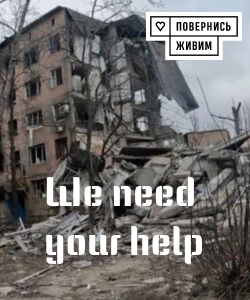Almost Two Years of War: How Ukraine’s Labor Market is Evolving and What the Future Holds

Amid ongoing warfare and profound socio-economic transformations, Ukraine’s labor market continues to undergo radical changes with long-term implications for the economy and society as a whole.
One of the paradoxes in this situation is that, despite a significant shortage of labor, unemployment rates remain notably ambiguous.
Experts report that since the full-scale invasion in 2022, the country’s economy has experienced major upheavals, including reduced industrial capacities and loss of jobs.
Industrial regions such as the east and south have suffered the most due to destruction and logistical challenges, shrinking their industrial potential significantly.
Meanwhile, migration flows — over seven million Ukrainians leaving abroad and about four million internally displaced persons — have created a severe workforce shortage and dramatically altered the demographic landscape.
Currently, the main issue is that although official figures indicate that unemployment at the end of 2024 stood at 13.1%, and forecasted projections for 2025 suggest a decline to 11.6%, the actual situation appears more complex.
The number of registered unemployed persons in January 2025 was around 143,000 — seven thousand fewer than the previous year.
Demographic losses caused by the war, including casualties, migration, and disability, are reducing the working-age population and exacerbating problems in manufacturing and service sectors.
Moreover, regional disparities are stark: the east and south have been deprived of significant parts of their industrial and agricultural workforce, while the western and central regions are burdened with an increasing number of internally displaced persons.
Extensive destruction and an energy crisis, especially in metallurgy, chemical industries, and machine-building, have resulted in rising unemployment and social inequalities.
These shifts are fueling social tensions and potential conflicts, particularly among vulnerable groups — women, youth, pensioners, veterans, and people with disabilities.
Analyzing this situation, social policy expert Andriy Pavlovskyi emphasizes that current employment policies do not adequately consider these new realities, risking further inequality and social unrest.
Nevertheless, the government has already launched several experimental projects aimed at supporting the unemployed and veterans to stabilize the situation and create new employment opportunities.

